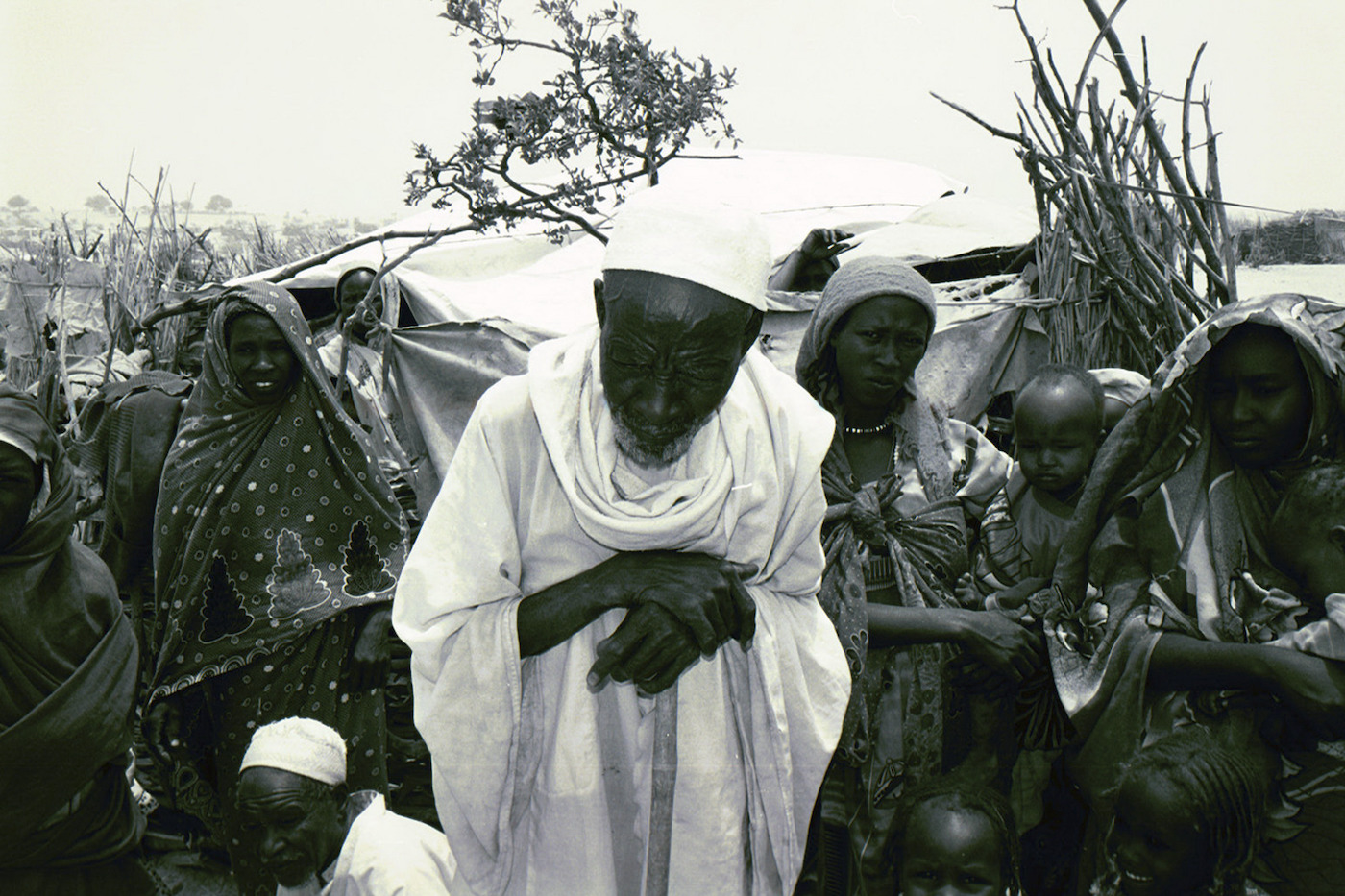February 27, 2023

Twenty years ago, Sudanese government forces and allied Arab militias launched a systematic campaign of destruction against villages largely belonging to the Fur, Zaghawa, and Masalit peoples in Darfur, Sudan. At least 300,000 were killed or died due to exposure, malnutrition, and disease. Sexual violence was widespread, and more than two million were forced from their homes. Today, civilians in Darfur remain at risk of mass atrocities.
Targeted attacks against civilians in Darfur by armed Arab groups persist. The government of Sudan is failing to protect civilians and sometimes has been implicated in the violence. Sudan ranks ninth in the world in the Museum’s Early Warning Project’s assessment of the risk of a new mass killing. Continued abuses necessitate greater international efforts to protect the people of Darfur, prevent future mass atrocities, and support justice and accountability.
The atrocities in Darfur spurred a global movement to call on governments to take action to end the atrocities. After the Museum sounded the alarm about genocide, then United States Secretary of State Colin Powell designated the Sudanese government's campaign of violence in Darfur a genocide. In April 2007, President George W. Bush visited the Museum to declare that genocide had taken place and that there was a moral obligation to stop the atrocities. That these same communities remain imperiled and largely neglected by the world is a stain on our conscience.
Though the first case for crimes in Darfur is underway at the International Criminal Court (ICC), the government of Sudan has not turned over to the court four alleged perpetrators facing ICC arrest warrants—including former President Omar Al Bashir who faces charges of genocide, crimes against humanity, and war crimes. “Impunity for key perpetrators has fostered an environment that continues to put civilians in danger, all while the world has largely shifted its focus away,” said Naomi Kikoler, director of the Museum’s Simon-Skjodt Center for the Prevention of Genocide.
Advances in the atrocity prevention field, inspired in part by the Darfur genocide, include the creation of the Atrocity Prevention Board, the new US Strategy to Anticipate, Prevent, and Respond to Atrocities, and the Elie Wiesel Genocide and Atrocities Prevention Act of 2018. They are all intended to help avert future mass atrocities, yet the plight of Darfuris today shows that we have a long way to go in realizing our commitment to “Never Again.”
In July 2004, the Museum’s Founding Chairman Elie Wiesel said, “Sudan has become today’s world capital of human pain, suffering and agony….How can a citizen of a free country not pay attention? How can anyone, anywhere not feel outraged? How can a person, whether religious or secular, not be moved by compassion? And above all, how can anyone who remembers remain silent?”
View All Blog Posts